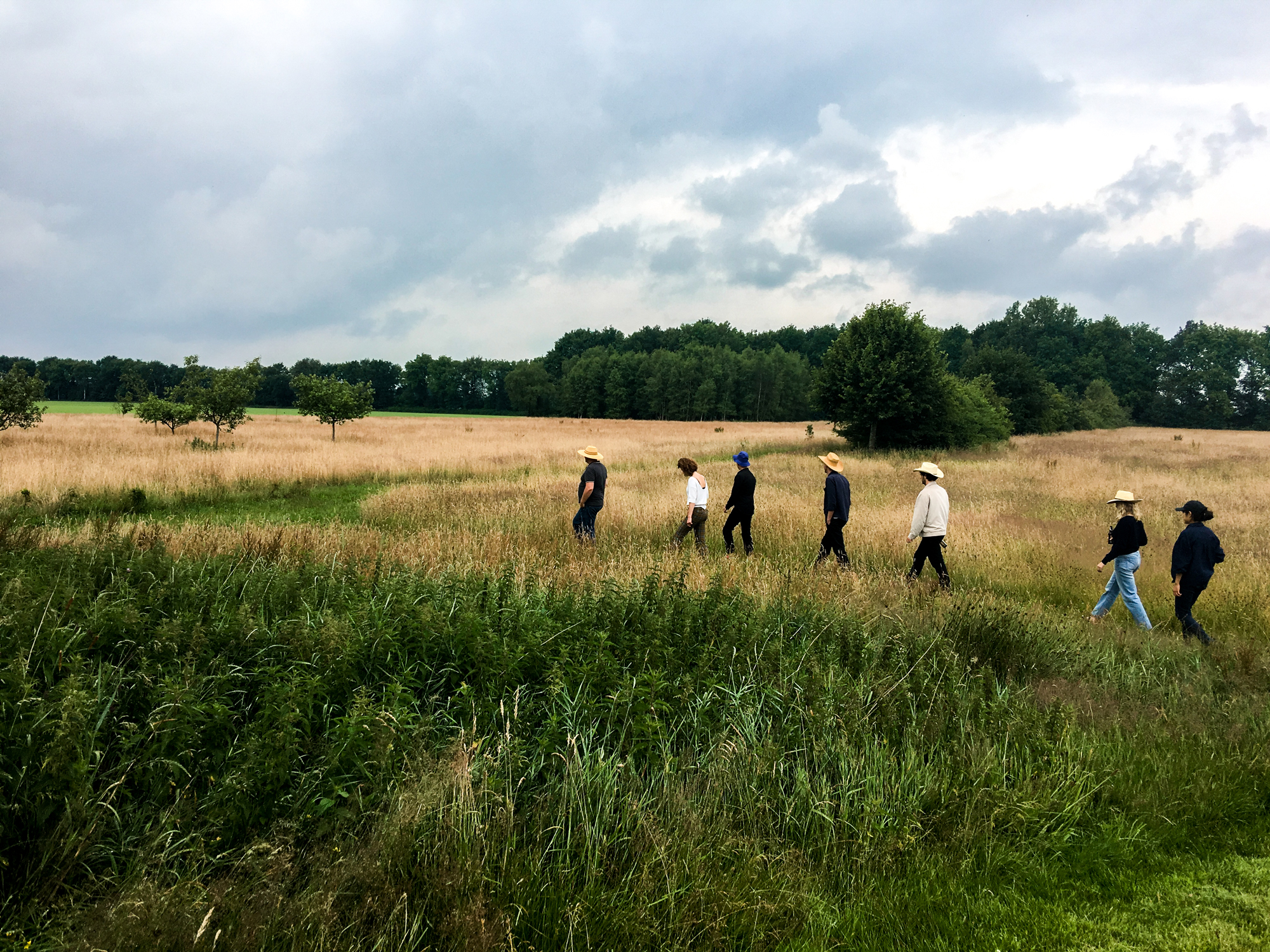Herman Verkerk
Intimate and Subtle | MAD is aggressively modest and modestly aggressive
Although it seems that in the work of the Materialisation in Art and Design (MAD) students no big social issues are addressed, nor that an explicit display of the latest technology is apparent, the post Internet generation of which MAD is comprised, works with all these as a given. There is no outside, not even for art or design, so everything becomes an experiment embedded in the social and the technological of the here and now. The core of the MAD social circle was the school, the classroom and the workshops. A core that was opened up by visiting guest lecturers, going on excursions, doing interviews, executing artistic research at different locations, summer schools, internships and residencies, and visiting other educational institutions.
As a temporary collective, the MAD participants organized their own exhibitions and events. At the end of the first semester they surprised us all with a very mature show called Material Anyways at De Veemvloer in Amsterdam. This first exhibition set the tone for continued collaborations on presentations for material events that took place at different locations throughout Amsterdam. And in the summer there was a short two-week intermezzo in Rome. For the final exhibition of the first year, MAD joined the graduation presentations of the other Sandberg Instituut Temporary Master's at the Burgerweeshuis with their own show. The works were loosely based on the concept for a growing station and research on inspirational heroes. Halfway through the third semester MAD presented their thesis topics by way of an interactive live performance at Mediamatic, guided by Ronald van Tienhoven. As a final point of public engagement, they staged their graduation show Does this Count as Protein? at Looiersgracht 60, a contemporary art space in Amsterdam.
We had a formal start to the MAD course. By diving into materialization, with or without prior knowledge or experience of the specific material. Each day of the week was devoted to a different material in another workshop. During this period a shift took place. Working as performers with the qualities of the materials and their restrictions, not to let the material speak with craftsman-like execution and expertise, but to make the material a vessel for expression—just like light itself can be used as material, or found footage, gossip, the breath, and fake news—MAD challenged inherited ideas of a material based practice. Materialization becomes more than a manifestation of the physical. The performative quality of the material as well as the object becomes apparent. Harvesting material, juxtaposing material qualities, exploring natural scientific effects. making materials react and transform, were all part of the process of creating new substances and forms and a new conception of materialization.
Herman Verkerk
Intimate and Subtle | MAD is aggressively modest and modestly aggressive
The MAD students on a field trip in Friesland, the Netherlands, with Herman Verkerk.
The works produced by MAD are all physical in nature, although not always to the touch, with an emphasis on taking the audience with them in the experience of the medium. How the Internet changes our belief of history and facts, how ceremonies help us to organize and make sense of our surroundings, how nature in itself transforms allowing us to reduce our task to making contraptions that facilitate this process, how anger and frustration are buffered and bounced back by foam and cracks and patterns in glass. These are just some of the discoveries made through MAD’s material research. Even the thesis writing, a requirement of the course, was picked up as a way to materialize thought. Students learnt and experimented with creating their own way of writing.
The title for the Temporary Master, Materialisation in Art and Design, was coined by Louise Schouwenberg and served its purpose for activating the course from the original Material Utopias towards a working attitude full of surprises and experiments. Lukas Feireis of Radical Cut Up is the follow up to MAD, continuing the work of the previous two programs and laying a new foundation for the next iteration of the course. Thank you Jurgen Bey for inventing the Temporary Master format at the Sandberg Institute and giving us the chance to be able to work on educational research at a very independent level.
About the author
Herman Verkerk (NL) trained as an architect at the TU Delft and ETH Zürich from 1984–1990. In 1990 he formed EventArchitectuur, a design firm for time and experience based architecture with projects ranging from a temporary art museum, a series of landscape parks to shop interiors and temporary exhibitions and installations on contemporary culture for cultural institutes in the Netherlands and abroad. Verkerk has been teaching design, exhibition design and architecture at ArtEZ Arnhem, the Design Academy Eindhoven, Fachhochschule Düsseldorf, and TU Delft. Together with architect Rianne Makkink he co-founded Sloom.org, an organization that operates on slow growth processes. Since March 2015 he is head of the department for Interior Architecture and Furniture Design (IA & FD) at the Royal Academy of Art in The Hague. He edited a book on the temporary in architecture and twentyfive years of EventArchitectuur called EVENTS: Situating the Temporary published by Birkhauser Verlag in June 2017.
